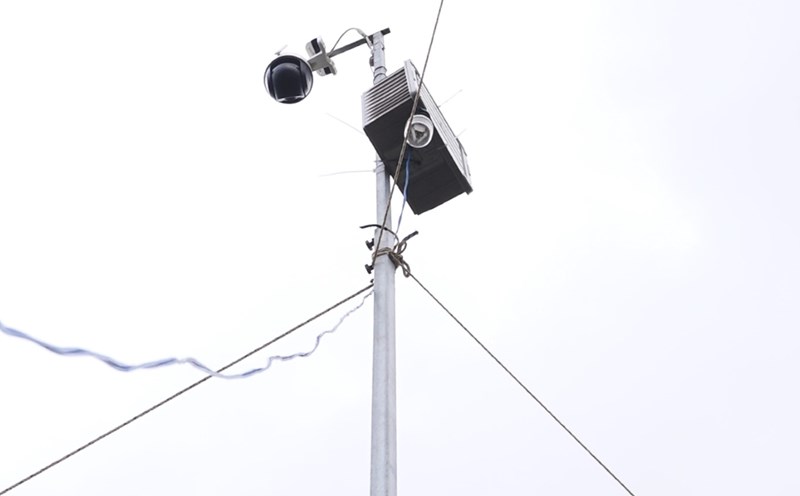On July 7, the Laki Laki Laki volcano eruption left a column of volcanic ash and volcano as high as 18km, and covered with thick ash to many neighboring residential areas.
The Indonesian Geological Agency said that the hot air, rocks and condensation have overflowed the mountainside, spreading about 5km.
Meanwhile, data collected from unmanned aerial vehicles (UAVs) shows that the cape is still full of volcanoes. This reflects the increasing activity of ghost attacks at deep levels, leading to volcanic earthquakes.
Since June 18, after a small outbreak, Lewotobi Laki has been placed at the highest warning level. The radius of the no-access area is expanded to 7km as the frequency and intensity of mountain activities continue to increase.
According to Mr. Muhammad Wafid, head of the Indonesian Geological Agency, this outbreak has a higher level of potential danger, especially for aviation operations. The authorities are re-evaluating the risk level and the possibility of adjusting the evacuation area to ensure the safety of people and tourists.
There have been no reports of casualties, but local authorities have maintained a high level of warning as seismic activity in the area has shown no signs of abating.
The landslide is considered one of the largest in Indonesia since the 2010 Merapi volcano disaster on Java, which killed 353 people and displaced more than 350,000.
Indonesia is located on the Pacific Ring Road, where strong geological activity often occurs. The country has 120 active volcanoes and is one of the most vulnerable areas to volcanic and earthquake disasters.













